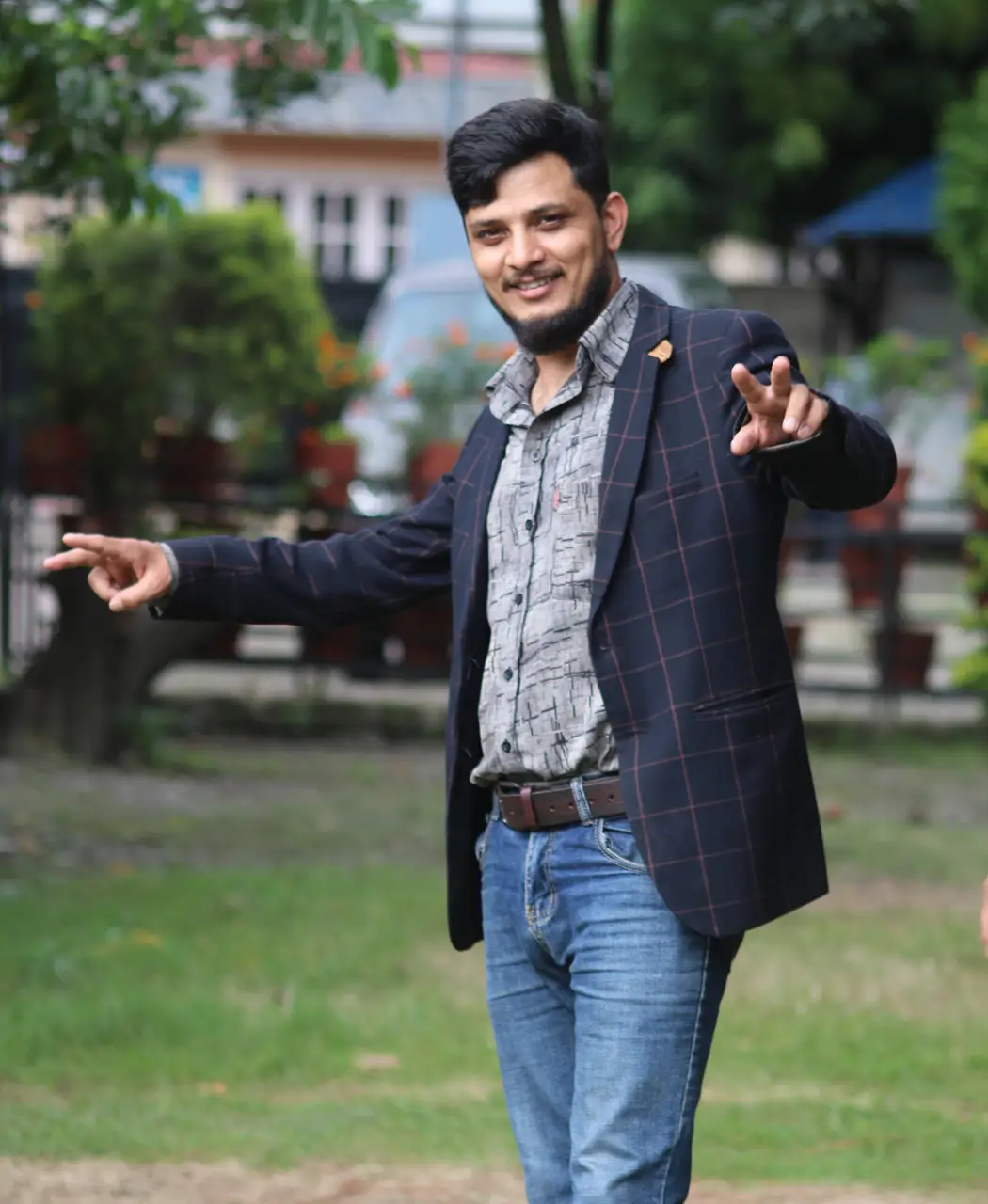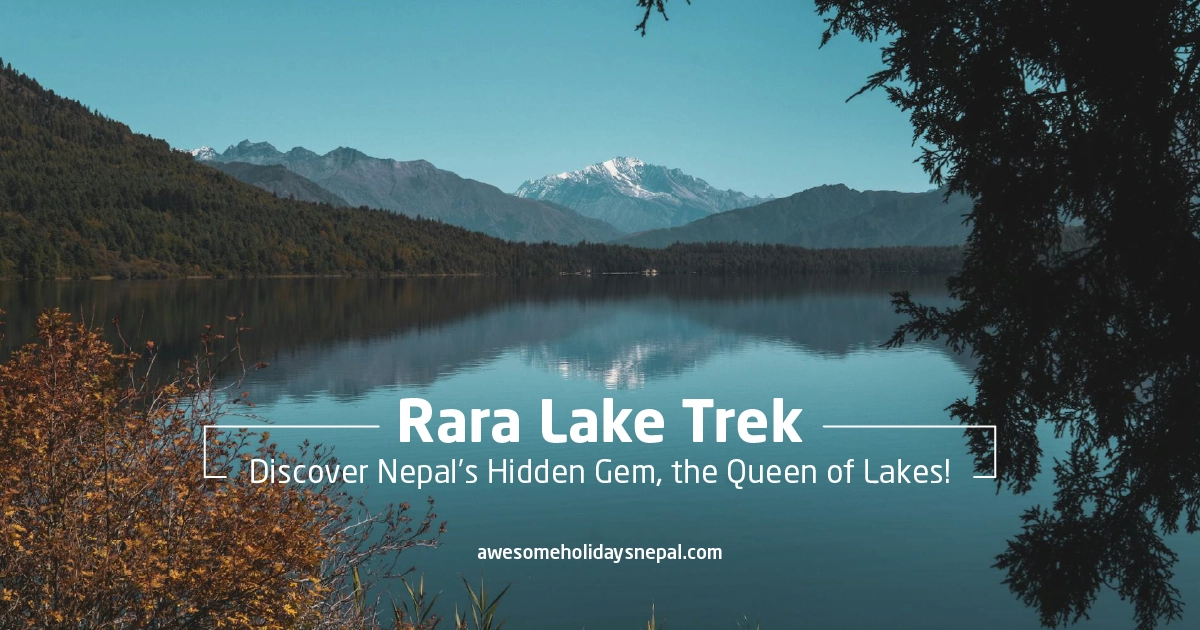Religions in Nepal: Diversity in Spiritual Harmony

Nepal, a nation nestled in the majestic Himalayas, is not only known for its natural beauty but also for its spiritual richness. With a history of religious tolerance and coexistence, the religions in Nepal form the cultural heartbeat of the country.
From ancient temples to peaceful monasteries, every corner of Nepal reflects deep-rooted beliefs that guide the lives of its diverse communities. Let’s learn how the diverse people of Nepal from different religions live in harmony.
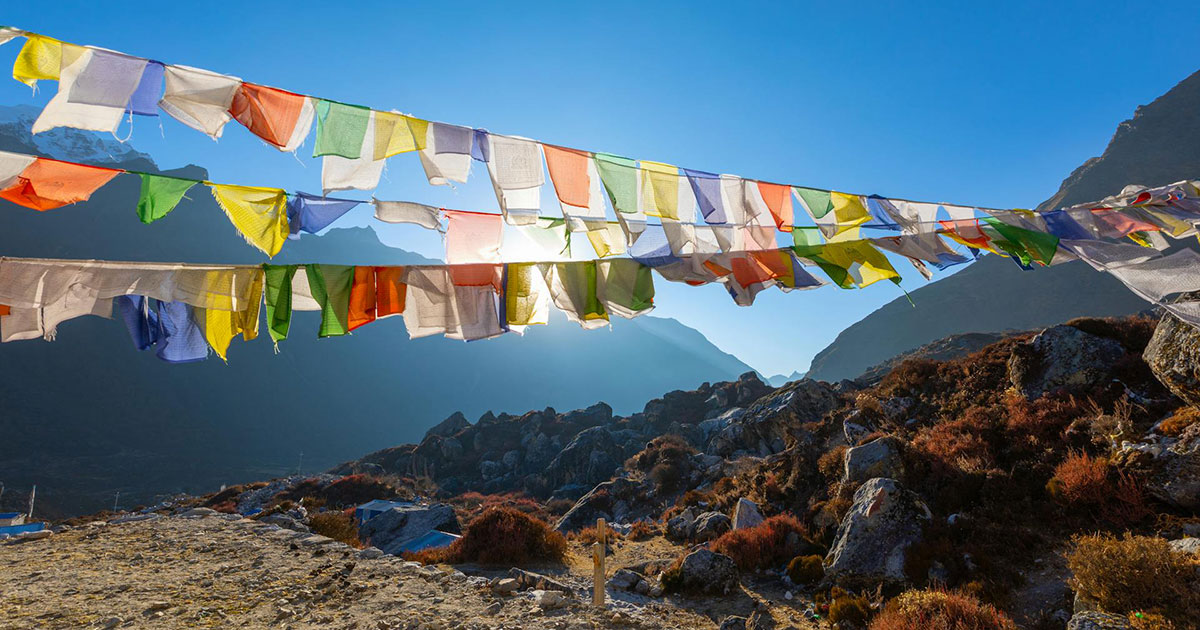
A Secular State with Sacred Traditions
The Constitution of Nepal has defined the nation as a “secular state” after being a republic county. The Constitution of Nepal protects and preserves the diverse cultural traditions and Religions in Nepal that have been passed down from time immemorial. Every citizen enjoys the right to practice their faith.
Additionally, the Constitution of Nepal has safeguarded them; however, converting others or disturbing religious sentiments is prohibited by law.
Religions in Nepal as per the Census of 2021
According to the most recent statistics of 2021, the composition of Religions in Nepal is as follows:
- Hinduism: 81.19%
- Buddhism: 8.21%
- Islam: 5.09%
- Kirat Mundhum: 3.17%
- Christianity: 1.76%
- Prakriti (Animism): 0.35%
- Bon: 0.23%
- Sikhism and Jainism: 0.01% each
These numbers illustrate that while Hinduism is practiced by more people than other religions, there is a beautiful mosaic of faiths that shape the spiritual soul of the country. The religion in Nepal is unique in a way that people respect each other and maintain religious tolerance.
There is a very popular statement that justifies this uniqueness: “The valley has more temples than houses and more gods than men.”
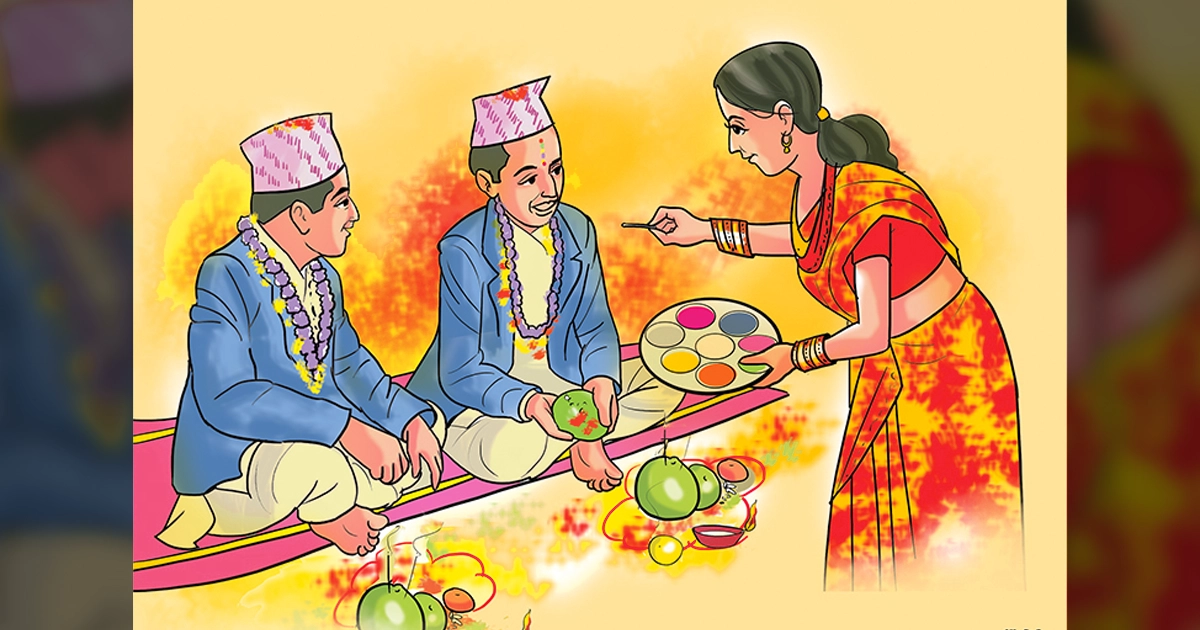
Hinduism in Nepal: A Living Tradition
Hinduism is deeply embedded in Nepal’s culture and daily life. It’s not merely a religion but a way of life. It is one of the most important Religions in Nepal.
The principles of Hinduism are deeply rooted in the communities of Nepal, and we can see religious shrines, iconography, and temples on every street in the nation. One can feel lucky to put a red tika of vermilion on your forehead and a garland of flowers on your neck as a blessing during religious ceremonies and festivals. Hinduism is deeply ingrained in the culture and history of Nepal. Hindu beliefs are closely connected to the country’s ancient civilizations and local traditions.
In Nepal, respect for family traditions, ancestors, and cultural values is naturally woven into daily life, including everyday activities and religious practices. Essentially, culture and religion are so intertwined that they influence both the mundane tasks of life and the more spiritual aspects, like rituals and rites.
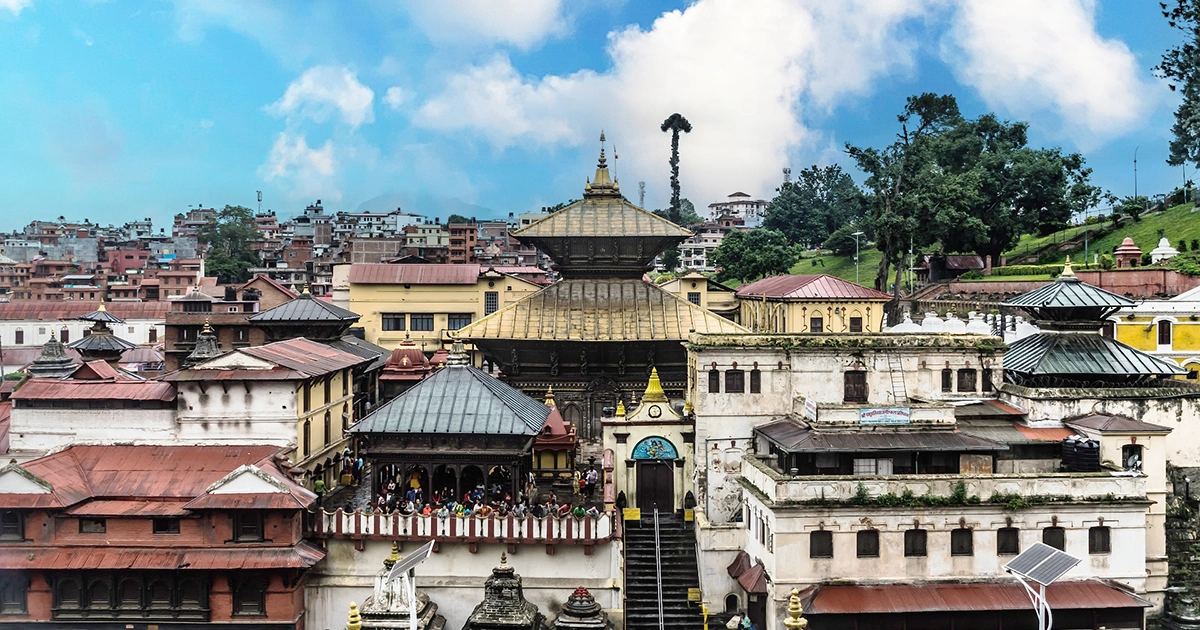
Being a polytheistic religion, Hindus believe in and worships multiple gods and goddesses. Hinduism has a vast pantheon of deities, each representing different aspects of the divine. The religion acknowledges the existence of many gods and goddesses, such as Brahma, Vishnu, Shiva, Lakshmi, Durga, Saraswati, and many others.
The social norms and values of the religion differ as per the class and ethnic group that follows Hinduism. The older generation prefers to prey on and worship the idols daily, whereas the young generation has reduced performing daily rituals.
It is equally important to know that Hinduism is not a heterogeneous religion with a mix of religious beliefs, faiths, philosophy, and attitudes towards daily practices. The religion has different sects like Vaishnism, Krishna Paranmi, Shakta, and Shaivism. Each god and goddess have some power to influence and is taken as a manifestation of male and female energy in nature.
Though these clans worship and prey on a particular deity, Hinduism as a whole allows for a wide range of divine figures and beliefs.
Major Temples of Hindus
- Pashupatinath Temple, Kathmandu – dedicated to Lord Shiva, the lord of death and destruction
- Muktinath Temple lies at Mustang, within the Annapurna sanctuary worshipped and admired by Hindus and Buddhists alike.
- Changunarayan Temple of Bhaktapur, one of the oldest Hindu temples in Nepal, is listed in the UNESCO World Heritage Sites.
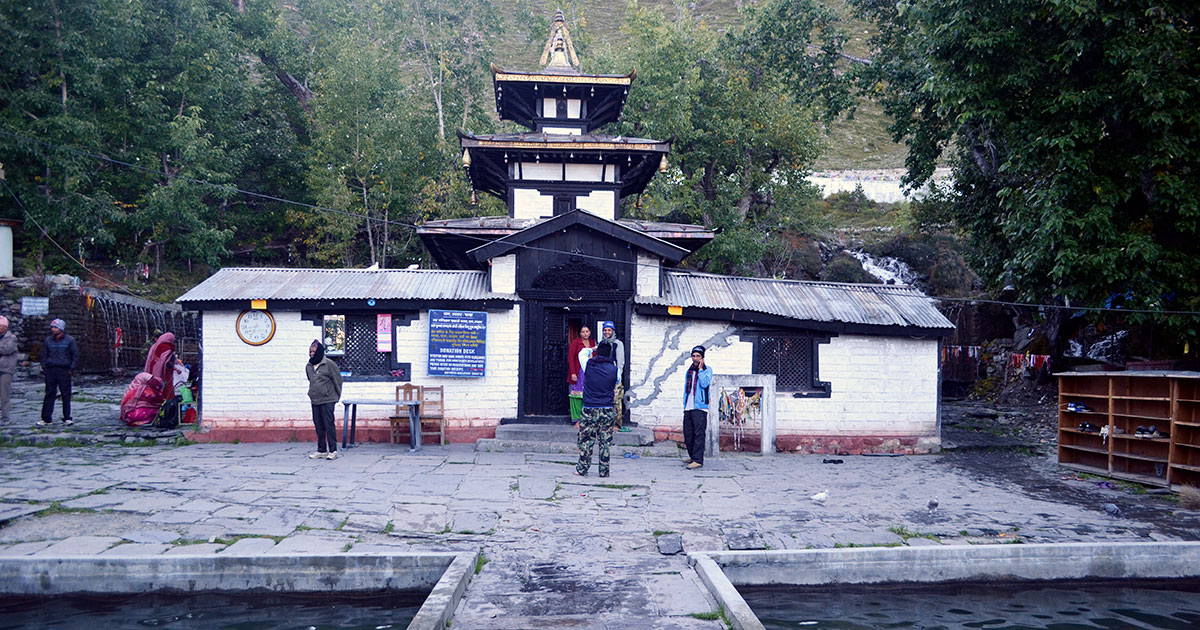
The Hindus celebrate various festivals like Dashain, Tihar, Holi, and Janai Purnima with greater importance. They also remember their ancestors daily and prioritize family deities.

Buddhism in Nepal: Land of the Enlightened One
Though Nepal is the land of the enlightened Buddha, only 8.21% of the population practices Buddhis, which profoundly influences Nepal’s spiritual and cultural landscape. Buddhism is the second most important Religion in Nepal.
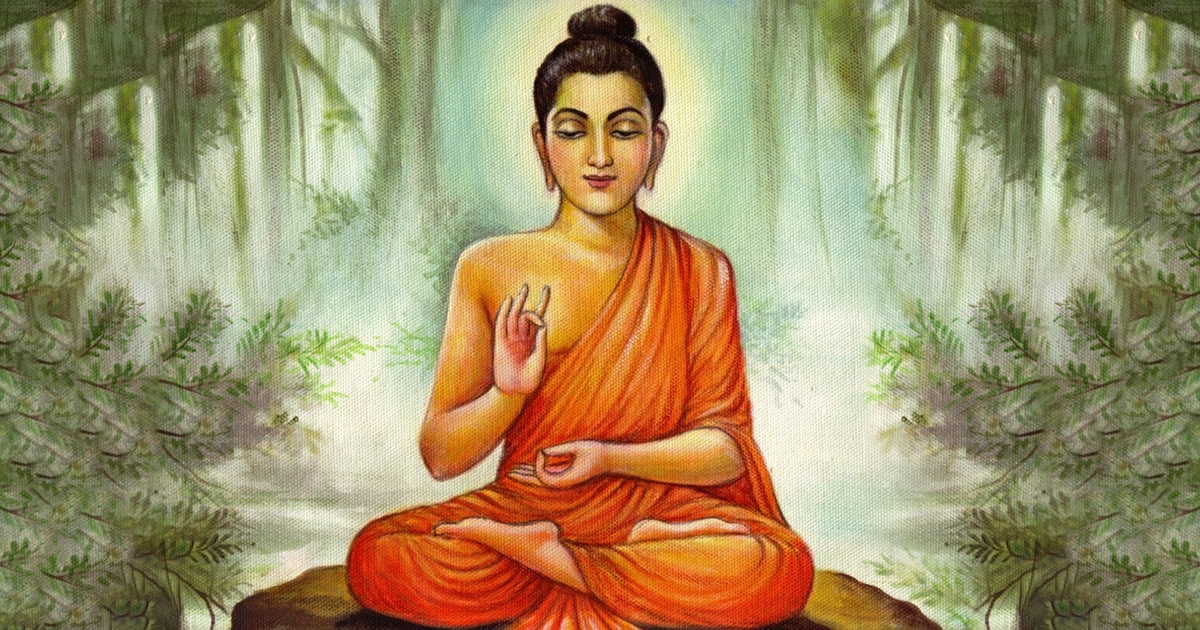
Over time, the Buddhist practice has been modified into three major traditions:
Theravāda
The Theravada or the Hinayana is rooted in the early teachings of Buddha, focusing on the Four Noble Truths and the Eightfold Paths. Theravada Buddhists generally take shelter in the Triple Gems: the teacher (Buddha), the teaching (Dhamma), and the monastic community (Sangha).
Mahayana
It is another subcategory of Buddhism, which means The Great Vehicle. This side of Buddhism focuses on compassion, openness, and wisdom of the teachings.
Vajrayāna
Tibetan Buddhism is a modified form of Buddhism with the initiation of strong tantric and meditative practices. This form of Buddhism is especially popular in the northern part of central Nepal and the Himalayan regions.
In Buddhist philosophy, being Enlighted means to be free from any kind of sorrow and physical pains of life that keep a person attached to this world.
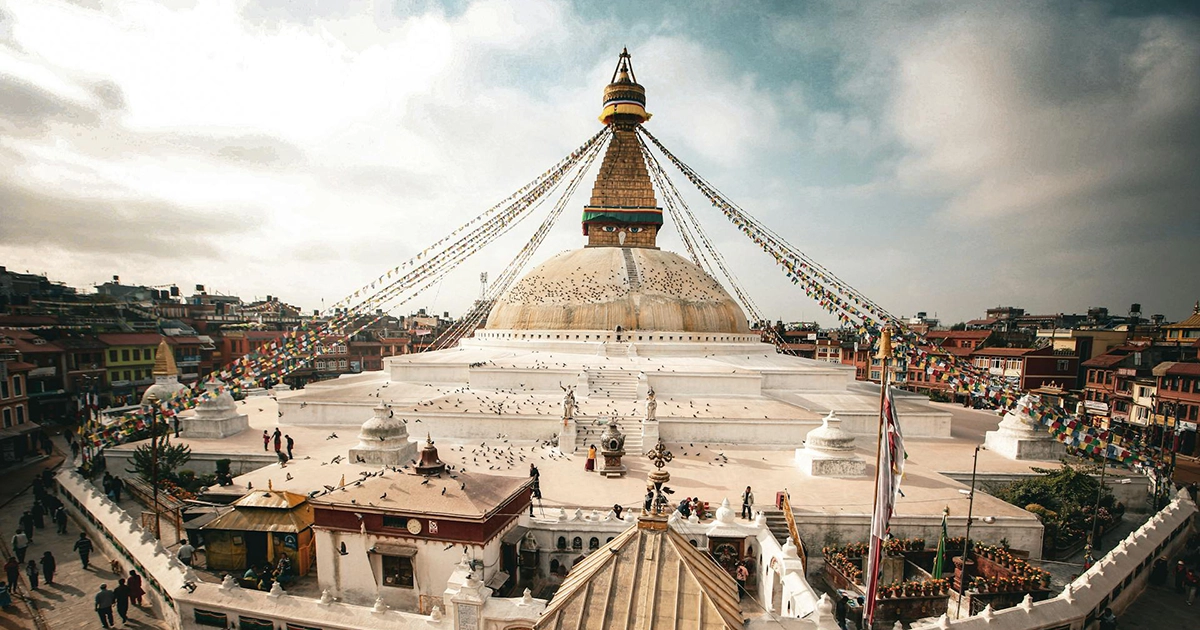
Some sacred places of Buddhists include Sambhunath Stupa, Boudha Nath Stupa, Lumbini, and other Monasteries of Nepal. Here is a list of the top 10 monasteries to visit in Nepal.
Buddhism in Nepal promotes peace, mindfulness, and liberation (nirvāṇa). The teachings guide many Nepalis, especially those from the Tamang, Sherpa, Gurung, and Thakali communities.
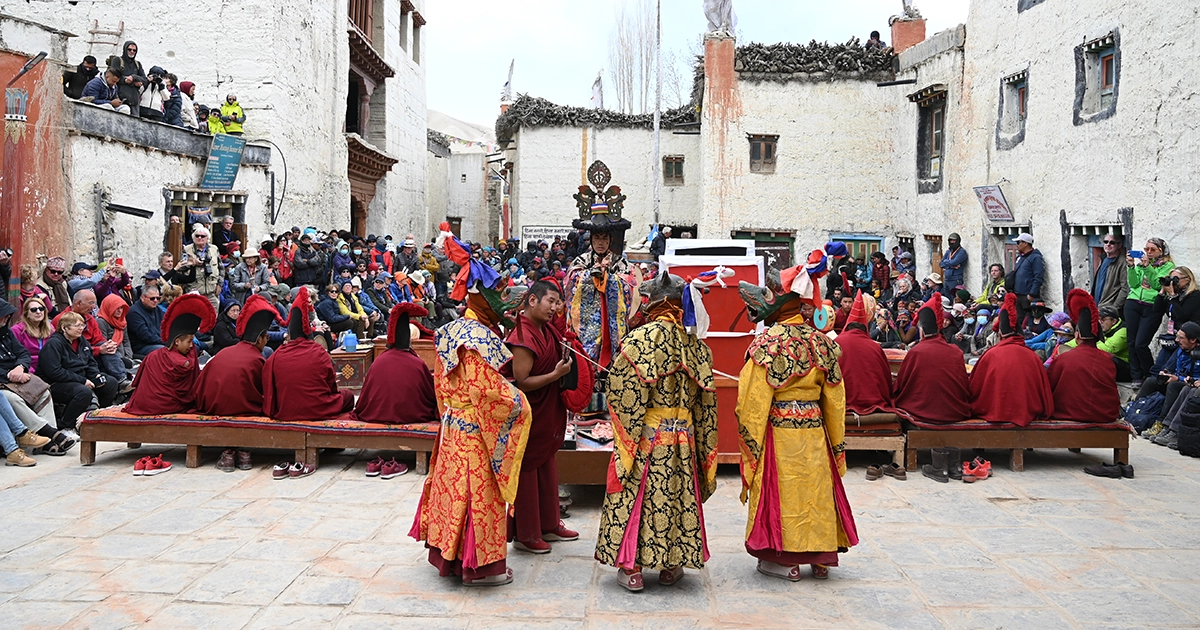
Islam in Nepal: A Legacy of Traders and Kings
Islam in Nepal dates back centuries when traders, musicians, and craftsmen from Persia, Kashmir, and Central Asia came to serve the Nepali Royal Family. Many of them were brought to make arms and ammunition and train the Nepali soldiers.
Today, Muslims make up about 5.09% of the population, mostly residing in the Terai region and urban areas like Kathmandu and Pokhara. Muslims come from diverse backgrounds and have different ways of practicing Islam. Eid al-Fitr, commonly known as “Saghar Dawa,” was celebrated on the evening of Sun, Mar 30, 2025, through Monday, Mar 31, 2025. Eid al-Fitr marks the end of Ramadan, the Muslim holy month of fasting.
Prominent Mosques of Nepal
- Takia Mosque, Durbar Marg (oldest)
- Kashmiri Masjid, Kathmandu
- Madatiya Mosque, Madatiya
- Jame Masjid, Jamal, kathmandu
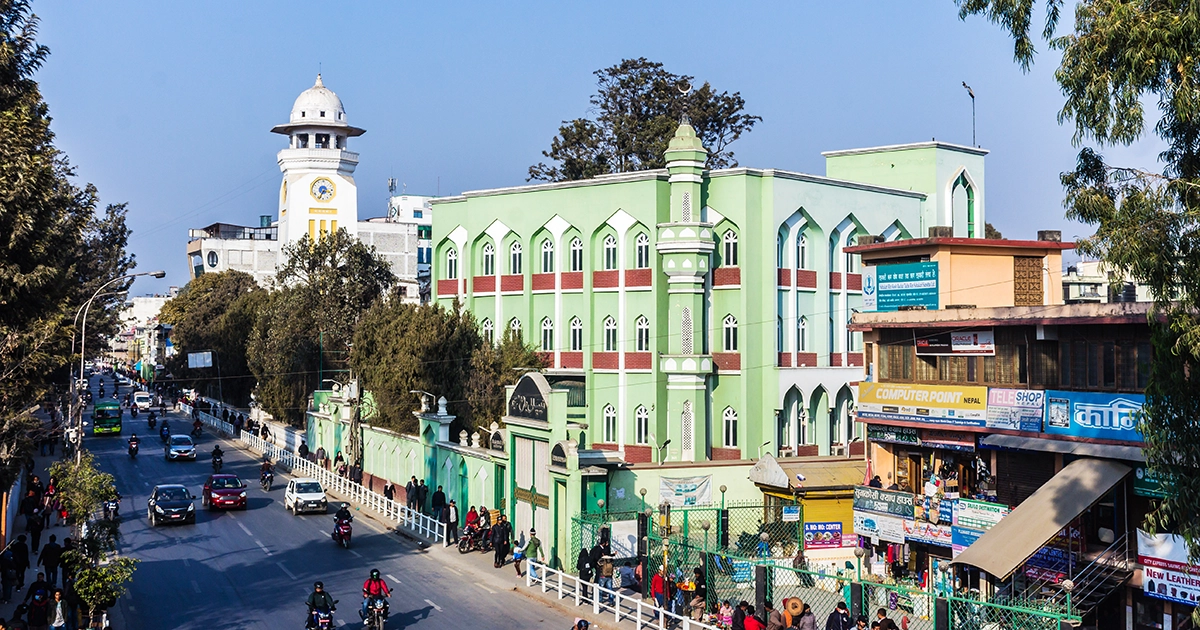
The Islamic community in Nepal continues to uphold its religious customs and actively contributes to the country’s social, educational, and commercial sectors.
Christianity in Nepal: A Faith of Service and Hope
Christianity, another important religion, though a minority religion with 1.76%, is growing steadily, especially in rural hills and urban settlements. The first Christian mission to Nepal was established by Catholic Capuchin friars in 1715. The Capuchins were expelled during the 1760s during the unification of Nepal.
Later, in 1951, Christianity got its entry into Nepal after the formal beginning of the United Mission to Nepal (UMN). Nepali Christians celebrate Christmas and Ester with deep community bonds and spiritual devotion.
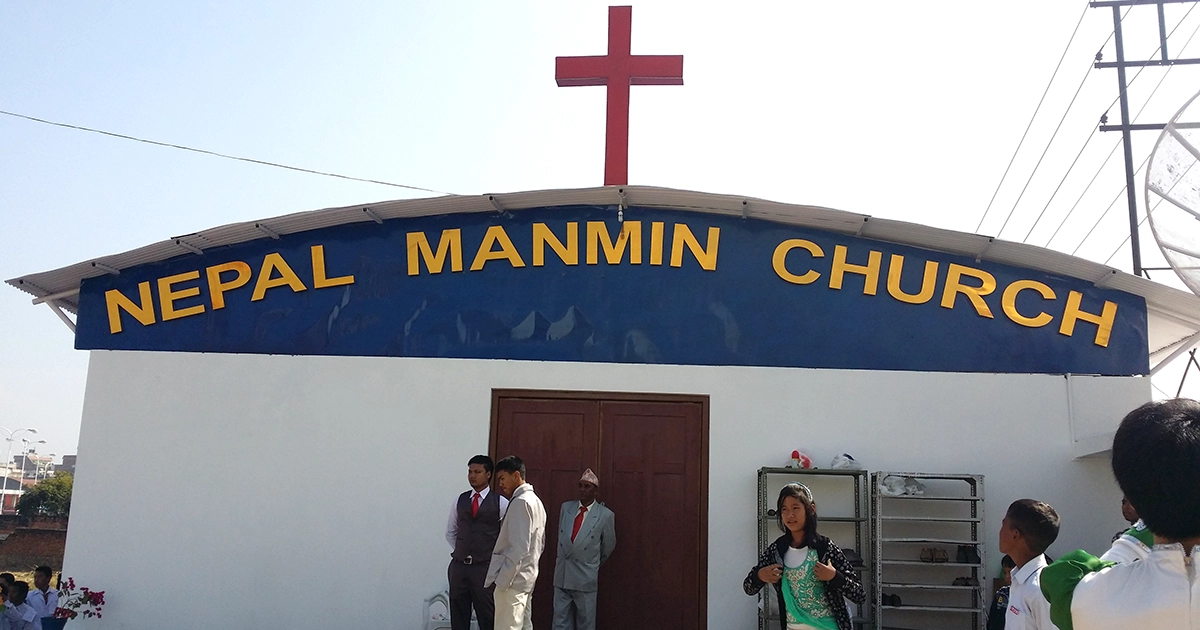
There are some Churches in Kathmandu, Pokhara, and the eastern hills. The number of churches is increasing in every part of Nepal. Christianity is facing strong criticism due to its publicity and motivating people to change their existing religion and adopt Christianity. The churches are making contributions to health, education, and humanitarian services in the remote areas of Nepal.
What Makes Religions in Nepal so Unique?
Nepal, being a multilingual, multicultural, and multi-religious country, is the peaceful coexistence and frequent intermingling of rituals and beliefs. Temples and stupas exist side by side, and festivals become a shared celebration.
Buddhists and Hindus share the idols of some gods and goddesses and worship together. The Hindu-Buddhist syncretism in the Kathmandu Valley is a great example of this harmony. People show cross-religious respect during festivals like Dashain, Buddha Jayanti, and Eid. Nepal sets an example of unity in diversity, making it an ideal place for spiritual seekers and cultural explorers.
A Spiritual Journey Through Nepal
To sum up, Nepal’s religions offer a window into the nation’s soul. Whether you are walking through the temple-lined alleys of Patan, hearing the calming chants of monks, or being blessed during a festival, Nepal welcomes you with spiritual warmth and cultural vibrancy.
Plan your spiritual journey with us for an ultimate experience. From sacred sites to local festivals, let us guide you through the heart of Nepal’s religious heritage.
Contact Awesome Holidays Nepal today to customize your experience!
FAQs
Expand AllWhat are the major religions practiced in Nepal?
Nepal is home to several religions. The major religions of Nepal are Hinduism, Buddhism, Islam, and Christianity.
Is Hinduism the state religion of Nepal?
Before 2015, Nepal was the only Hindu country in the world. But the constitution of Nepal declared Nepal as a secular country in 2015.
What percentage of Nepalis follow Hinduism and Buddhism?
Approximately 81% of the population follows Hinduism, while about 9% follows Buddhism, reflecting Nepal’s deep historical and cultural ties with both.
How do Hinduism and Buddhism coexist in Nepal?
Hinduism and Buddhism in Nepal are often interwoven. Many temples and deities are revered by both communities, showcasing a unique blend of religious harmony.
Are there any religious conflicts in Nepal?
Nepal is largely known for its religious tolerance. People of different faiths coexist peacefully, and religious festivals are often celebrated by multiple communities.
Who are Kirati?
Kirati or Kirats are the indigenous people of eastern Nepal who are nature worshippers and follow the system with strong cultural traditions.
Are non-Hindus and non-Buddhists welcome to visit religious sites?
Yes. Most religious sites in Nepal welcome visitors regardless of their religion, though some Hindu temples may restrict non-Hindus from entering the inner sanctum to protect the deep religious faith and traditions and maintain the sanctity of the religious sites.
Which are the most important religious sites in Nepal?
Some key religious sites of Nepal include Pashupatinath Temple (Hindu), Swayambhunath and Boudhanath Stupas (Buddhist), Lumbini (birthplace of Buddha), and Muktinath Temple (sacred to both Hindus and Buddhists).
Can foreigners participate in religious festivals in Nepal?
Yes, tourists are often welcome to observe or even join in festivals like Holi, Biska Jatra, Dashain, Tihar, Lhosar, and many more, offering a great cultural experience.
Is proselytizing allowed in Nepal?
Proselytizing (trying to convert someone’s religion) is restricted under Nepalese law to maintain social harmony. The constitution strictly prohibits converting and encourages others to change religion from one religion to another.
Are there interfaith marriages in Nepal?
Yes, interfaith marriages are legally possible in Nepal, but the major problem is the social and cultural differences.
Related blog posts
Discover a choice of tourist destinations loved by most of our visitors. Whether you're on a jungle safari to spot rare animals or walking through a world heritage site, these well-planned itineraries cover the major highlights of Nepal.

